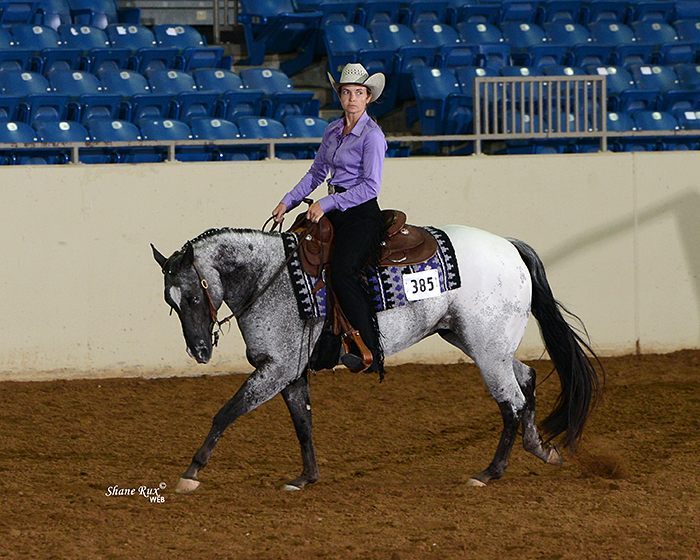“Collection is not compression: it is the balance where everything is easy for the horse to do.”
-Dominique Barbier
More Leg. Always more leg. If you’re training a horse and something isn’t coming together right, the solution is more often than not, “add more leg!” You’ll hear Sam say this at least once in almost every lesson, every time. In fact, every time I get on one of her horses myself, or any horse for that matter, and find myself struggling to achieve a desired skill, I can hear her voice in my head…and usually, it’s the answer to my problem. As important as this concept is, I feel like many riders simply don’t understand the reasoning behind it. As much experience as I had before coming to work for Sam, I am first to admit I didn’t *fully* appreciate just how important it is until I started getting on and riding a lot of different ponies every day. And then…the feeling finally started clicking.
Don’t be confused… It’s not about going faster and tearing around the arena- it’s about bringing the horse’s body together. Driving his shoulder up. Gathering his energy. Creating impulsion from the hind end.
When I interned and took lessons at a hunter/jumper barn, the saying was always “inside rein to outside leg.” With the all-around, more “pleasure type” horses, we use the outside leg instead. The details may change, but the concept is still the same: more leg. More drive. More impulsion- whether that impulsion translates to the energy going faster, or the motion going higher, or the body coming together, depends on the discipline and the requirement being asked of the horse.
If we’re starting a young, green horse from scratch, one of the first things we want is the horse to feel free and soft and be comfortable moving forward. In other words, to encourage impulsion. You can’t begin to teach any sort of skill without the willingness to move forward. More Leg.
Take the lead change for example. A well-trained horse can do a lead change going slow or going fast, on a straight line or a circle, or on a diagonal or a counter canter. But before you can ask for a lead change from a slow lope, you first must teach the horse to change through a faster canter, so he learns to lift his shoulder and use impulsion from his hind end. More Leg.
A well-trained pleasure horse feels more leg and gathers his body and slows down. He knows that cue means “come together” and lift his back.
Again, don’t be confused! “More leg” doesn’t mean digging your spur into the horse’s side and being unnecessarily hard. We want to be as soft as possible, but we can’t be afraid to be firm if we need to be.
More Leg is a cue. It’s a signal to our horses to use themselves correctly. When we don’t have enough leg, our horses become heavy in the reins, usually drop their shoulders, and can no longer perform in a way that’s effective OR comfortable for them. The conclusion? Ride on and more leg!
See you around the barn!
Rebekah Bukowski
Quote from: http://eyjolfurisolfsson.is/upload/dokumenter/Quotes_of_the_masters.pdf

